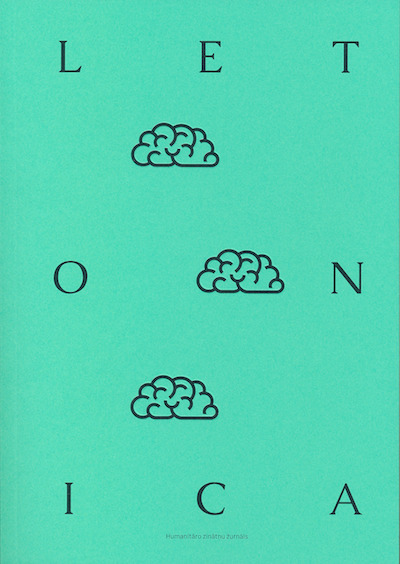Estētiskās zināšanas sabiedrības progresam: Leopolda fon Pecolda Rīgas perioda (1869–1879) ierosmes Baltijas mākslinieciskās kultūras attīstībā
Aesthetic Knowledge for the Progress of Society: Impulses Given by Leopold von Pezold during His Riga Period (1869–1879) to the Development of Baltic Artistic Culture
Author(s): Kristiāna ĀbeleSubject(s): Cultural history, Visual Arts, Culture and social structure , 19th Century, Sociology of Art
Published by: Latvijas Universitātes Literatūras, folkloras un mākslas institūts
Keywords: Leopold von Pezold; Baltic German journalism; art criticism; visual culture; Riga Art Society;
Summary/Abstract: “An ever thicker network is woven over the world, connecting every country with all the other countries […]. It is not a net that con strains but a system of liberation, like the telegraph and railway communications, as knowledge and skill make one free,” these statements appeared in 1877 in the newspaper Rigasche Zeitung, signed with the cryptonym –d. that was used by its editor-in-chief Leopold von Pezold (1832–1907) – Baltic German journalist, artist, art critic and deliberate champion of liberal ideas. From 1869–1879, Riga was the centre of Pezold’s versatile activities after an important period in Tallinn and before moving to Karlsruhe. In autumn 1869, this rising star of Baltic journalism succeeded John Baerens as the editor-in-chief of the largest newspaper in the Baltic provinces, Rigasche Zeitung, and his ultimate resignation from this post in the summer of 1879 was caused by his opposition to the political conservatism of the periodical’s new owners. Although political aspects of Pezold’s work at the Rigasche Zeitung have been discussed in Baltic German historiography since the 1930s, his contribution to the development of the art scene in Riga of the 1870s has been almost completely neglected in Latvian and foreign scholarship, contrasting the detailed analysis and appreciation of his decisive role in the artistic life of Tallinn of the 1860s as revealed by Estonian art historians. After the first outline as part of a general overview in Volume 3 of the Art History of Latvia (2019), this article continues to fill this gap, featuring Pezold as an inspiring agent of progress in his art criticisms and organisational activities, most closely related to the founding of the Riga Art Society (Kunstverein zu Riga, Rigascher Kunstverein) in 1870 and its major early achievements. Quite conventional in his own painting, Pezold stands out as a surprisingly modern visionary in his ideas about the means and functions of visual communication in the society of his time. He continuously reflected on the role of art and aesthetic appreciation as harmonising instruments of progress and emancipation, as well as recognising the role of new reproduction technologies for the general increase of visual expertise, circulation of images, sharing of knowledge, and building of networks in an extensive “community of art” beyond nations, classes and ethnic groups.
Journal: Letonica
- Issue Year: 2020
- Issue No: 41
- Page Range: 10-29
- Page Count: 20
- Language: Latvian

